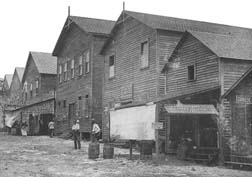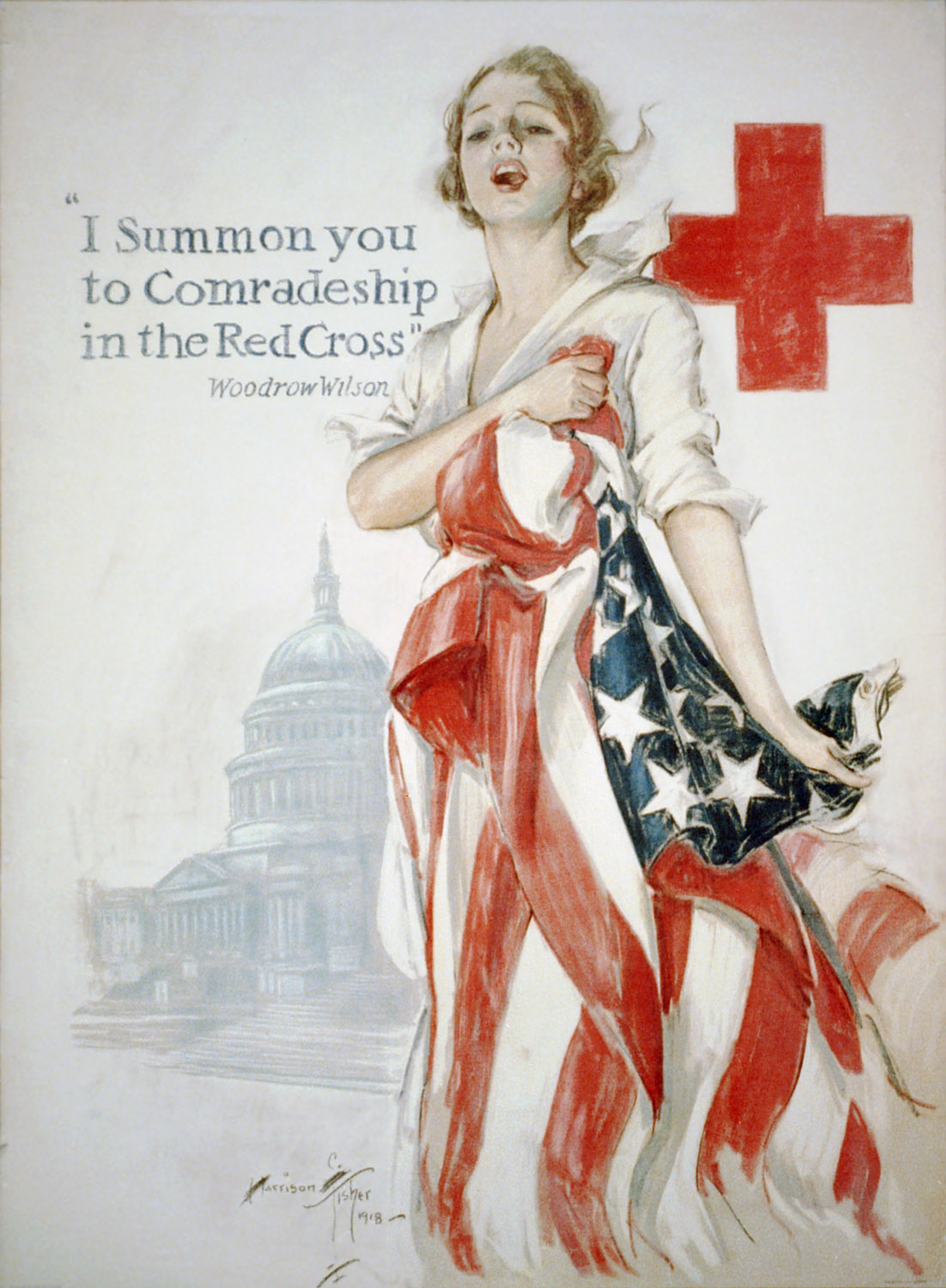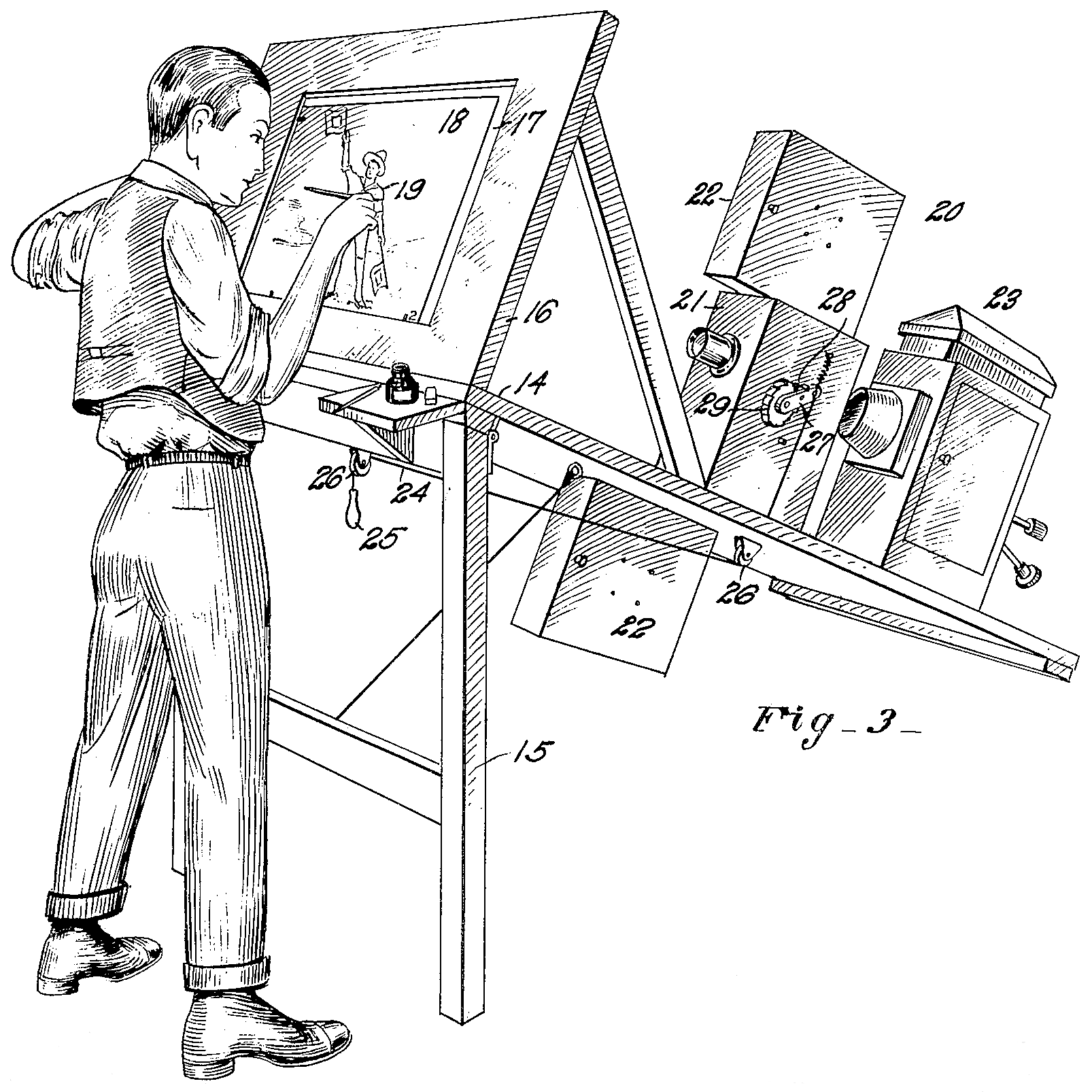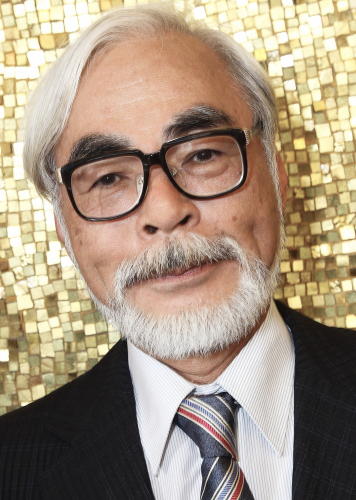|
1937 Fleischer Studios Strike
The 1937 Fleischer Studios strike was a labor strike involving workers at Fleischer Studios in New York City. The strike commenced on May 7 of that year and ended on October 12. The strike was the first major labor dispute in the animation industry and resulted in the industry's first union contracts. Fleischer Studios had been founded in 1929 and grew through the 1930s, having over 150 employees by 1937. Many of these employees were not full animators, but instead worked in lower departments doing more menial tasks such as inbetweening or cel painting. Starting in the mid-1930s, there was growing discontent among the employees in these lower departments due to the poor working conditions and the disparity in pay between them and the animators. By late 1936, the Commercial Artists and Designers Union (CADU) Local 20329 began to organize at the studio, and in April of the next year it submitted a list of demands to Max Fleischer that included increased pay, better working condit ... [...More Info...] [...Related Items...] OR: [Wikipedia] [Google] [Baidu] |
New York City
New York, often called New York City (NYC), is the most populous city in the United States, located at the southern tip of New York State on one of the world's largest natural harbors. The city comprises five boroughs, each coextensive with a respective county. The city is the geographical and demographic center of both the Northeast megalopolis and the New York metropolitan area, the largest metropolitan area in the United States by both population and urban area. New York is a global center of finance and commerce, culture, technology, entertainment and media, academics, and scientific output, the arts and fashion, and, as home to the headquarters of the United Nations, international diplomacy. With an estimated population in 2024 of 8,478,072 distributed over , the city is the most densely populated major city in the United States. New York City has more than double the population of Los Angeles, the nation's second-most populous city. [...More Info...] [...Related Items...] OR: [Wikipedia] [Google] [Baidu] |
Miami
Miami is a East Coast of the United States, coastal city in the U.S. state of Florida and the county seat of Miami-Dade County, Florida, Miami-Dade County in South Florida. It is the core of the Miami metropolitan area, which, with a population of 6.14 million, is the second-largest metropolitan area in the Southeastern United States, Southeast after Atlanta metropolitan area, Atlanta, and the Metropolitan statistical area#United States, ninth-largest in the United States. With a population of 442,241 as of the 2020 United States census, 2020 census, Miami is the List of municipalities in Florida, second-most populous city in Florida, after Jacksonville, Florida, Jacksonville. Miami has the List of tallest buildings in the United States#Cities with the most skyscrapers, third-largest skyline in the U.S. with over List of tallest buildings in Miami, 300 high-rises, 70 of which exceed . Miami is a major center and leader in finance, commerce, culture, arts, and internation ... [...More Info...] [...Related Items...] OR: [Wikipedia] [Google] [Baidu] |
Richard Koszarski
Richard Koszarski (born December 18, 1947) is a film historian. He was the founder of , and served as editor-in-chief from 1987 to 2012. He is a professor emeritus of English and film at Rutgers University in New Jersey. His collection of material on the early history of the Universal Pictures is held in the Library of Congress The Library of Congress (LOC) is a research library in Washington, D.C., serving as the library and research service for the United States Congress and the ''de facto'' national library of the United States. It also administers Copyright law o .... He was the chief curator at the American Museum of the Moving Image in New York. Koszarski is the museum curator at the Barrymore Film Center. Books * ''Hollywood Directors, 1941-1976'' (editor) (Oxford University Press, 1977) * ''An Evening’s Entertainment: The Rise of The Silent Feature Picture'' (University of California Press, 1990) * ''Von: The Life and Films of Erich von Stroheim'' (Limelight, 2 ... [...More Info...] [...Related Items...] OR: [Wikipedia] [Google] [Baidu] |
Michael Barrier
Michael J. Barrier (born June 15, 1940) is an American animation historian, author, and critic, best known for his extensive research on the history of American animation and comic art. He is the author of ''Hollywood Cartoons: American Animation in Its Golden Age'' (1999) and ''The Animated Man: A Life of Walt Disney'' (2007). Barrier was also the founding editor of ''Funnyworld'', one of the first serious publications dedicated to comics and animation history. His work focuses on the artistic and industrial development of animation, with in-depth studies of studios such as Disney, Warner Bros., and Fleischer Studios. Through interviews with key figures in the industry, Barrier has contributed significantly to the documentation and analysis of animation history. Life and career Barrier was the founder and editor of ''Funnyworld'' (October 1966 – Spring 1983), the first magazine exclusively devoted to comics and animation. It began as a contribution to the CAPA-Alpha amateu ... [...More Info...] [...Related Items...] OR: [Wikipedia] [Google] [Baidu] |
Camaraderie
In political contexts, comrade means a fellow party member. The political use was inspired by the French Revolution, after which it grew into a form of address between socialists and workers. Since the Russian Revolution, popular culture in the West has often associated it with communism. As such, it can also be used as a derogatory reference to leftists, akin to "". In particular, the Russian word () may be used as derogatory reference to communists. The influence of the term in communism in the 20th century led anarchists to prefer the term ' companion', a term that has been used in Western Europe since the end of the 19th century. Etymology The term comrade generally means 'mate', 'colleague', or 'ally', and derives from the Spanish and Portuguese term , , from Latin , . It may also specifically mean "fellow soldier", comrade in arms. Background Upon abolishing the titles of nobility in France, and the terms and (literally, 'my lord' and 'my lady'), the revolution ... [...More Info...] [...Related Items...] OR: [Wikipedia] [Google] [Baidu] |
Film Distribution
Film distribution, also called film exhibition or film distribution and exhibition, is the process of making a film available for viewing to an audience. This is normally the task of a professional film distributor, who would determine the marketing and release strategy for the film, the media by which a film is to be exhibited or made available for viewing and other matters. The film may be exhibited directly to the public either through a movie theater or television, or personal home viewing (including physical media, video-on-demand, download, television programs through broadcast syndication). For commercial projects, film distribution is usually accompanied by film promotion. History Initially, all mass-marketed feature films were made to be shown in movie theaters. The identity of the first theater designed specifically for cinema is a matter of debate; candidates include Tally's Electric Theatre, established 1902 in Los Angeles, and Pittsburgh's Nickelodeon, established 19 ... [...More Info...] [...Related Items...] OR: [Wikipedia] [Google] [Baidu] |
Animated Cartoon
Animation is a filmmaking technique whereby still images are manipulated to create moving images. In traditional animation, images are drawn or painted by hand on transparent celluloid sheets to be photographed and exhibited on film. Animation has been recognised as an artistic medium, specifically within the entertainment industry. Many animations are either traditional animations or computer animations made with computer-generated imagery (CGI). Stop motion animation, in particular claymation, has continued to exist alongside these other forms. Animation is contrasted with live action, although the two do not exist in isolation. Many moviemakers have produced films that are a hybrid of the two. As CGI increasingly approximates photographic imagery, filmmakers can easily composite 3D animations into their film rather than using practical effects for showy visual effects (VFX). General overview Computer animation can be very detailed 3D animation, while 2D com ... [...More Info...] [...Related Items...] OR: [Wikipedia] [Google] [Baidu] |
American Animation
American animation is animation created in the United States or by American animators. History * Animation in the United States during the silent era (1900s–1920s) * Golden age of American animation (1920s–1960s) * World War II and American animation (1940s) * Animation in the United States in the television era (1950s–1980s) * Modern animation in the United States (1980s–present) By genre * Adult animation in the United States External links * American animation, American animation {{animation-stub ... [...More Info...] [...Related Items...] OR: [Wikipedia] [Google] [Baidu] |
Dave Fleischer
Dave Fleischer (; July 14, 1894 – June 25, 1979) was an American film director and producer who co-owned Fleischer Studios with his older brother Max Fleischer. He was a native of New York City. Biography Early life and career Fleischer was the youngest of five brothers and grew up in Brownsville, Brooklyn, a poor Jewish neighbourhood. By the time he was born, his father had lost his means of livelihood due to the mass production of garments. Fleischer worked as an usher at the Palace Theater on Broadway, where he was exposed to vaudeville. This experience contributed to the development of his sense for gags and comic timing, which came into play when he joined forces with his older brother, Max in the production of animated cartoons. At one point, the family lived in Coney Island, and he became interested in being a clown for one of the sideshow amusements. This clown character would be recalled a few years later in connection with Max's early experiments with h ... [...More Info...] [...Related Items...] OR: [Wikipedia] [Google] [Baidu] |
Max Fleischer
Max Fleischer (born Majer Fleischer ; July 19, 1883 – September 11, 1972) was an American animator and studio owner. Born in Kraków, in Austrian Poland, Fleischer immigrated to the United States where he became a pioneer in the development of the animated cartoon and served as the head of Fleischer Studios, which he co-founded with his younger brother Dave. He brought such comic characters as Koko the Clown, Betty Boop, Popeye, and Superman to the movie screen, and was responsible for several technological innovations, including the Rotoscope, the " Follow the Bouncing Ball" technique pioneered in the '' Ko-Ko Song Car-Tunes'' films, and the " Stereoptical Process". Film director Richard Fleischer was his son. Early life Majer Fleischer was born July 19, 1883, to a Jewish family in Kraków (then in the Austrian Partition of the Austro-Hungarian Empire). He was the second of six children of a tailor from Dąbrowa Tarnowska, Aaron Fleischer, who later changed his na ... [...More Info...] [...Related Items...] OR: [Wikipedia] [Google] [Baidu] |
Animation Studio
An animation studio is a company producing animation, animated media. The broadest such companies conceive of products to produce, own the physical equipment for production, employ operators for that equipment, and hold a major stake in the sales or rentals of the media produced. They also own rights over merchandising and creative rights for characters created/held by the company, much like authors holding copyrights. In some early cases, they also held patent, patent rights over methods of animation used in certain studios that were used for boosting productivity. Overall, they are business concerns and can function as such in legal terms. American studios The idea of a studio dedicated to animating cartoons was spearheaded by Raoul Barré and his studio, Barré Studio, co-founded with Bill Nolan (animator), Bill Nolan, beating out the studio created by J.R. Bray, Bray Productions, to the honor of the first studio dedicated to animation. Though beaten to the post of being the f ... [...More Info...] [...Related Items...] OR: [Wikipedia] [Google] [Baidu] |
Max Fleischer 1934
Max or MAX may refer to: Animals * Max (American dog) (1983–2013), at one time purported to be the world's oldest living dog * Max (British dog), the first pet dog to win the PDSA Order of Merit (animal equivalent of the OBE) * Max (gorilla) (1971–2004), a western lowland gorilla at the Johannesburg Zoo who was shot by a criminal in 1997 Brands and enterprises * Australian Max Beer * Max Hamburgers, a fast-food corporation * MAX Index, a Hungarian domestic government bond index * Max Fashion, an Indian clothing brand Computing * MAX (operating system), a Spanish-language Linux version * Max (software), a music programming language * MAX Machine * Multimedia Acceleration eXtensions, extensions for HP PA-RISC Films * ''Max'' (1994 film), a Canadian film by Charles Wilkinson * ''Max'' (2002 film), a film about Adolf Hitler * ''Max'' (2015 film), an American war drama film * ''Max'' (2024 film), an Indian Kannada language film by Vijay Karthikeyaa Games * '' Dancing Stag ... [...More Info...] [...Related Items...] OR: [Wikipedia] [Google] [Baidu] |






